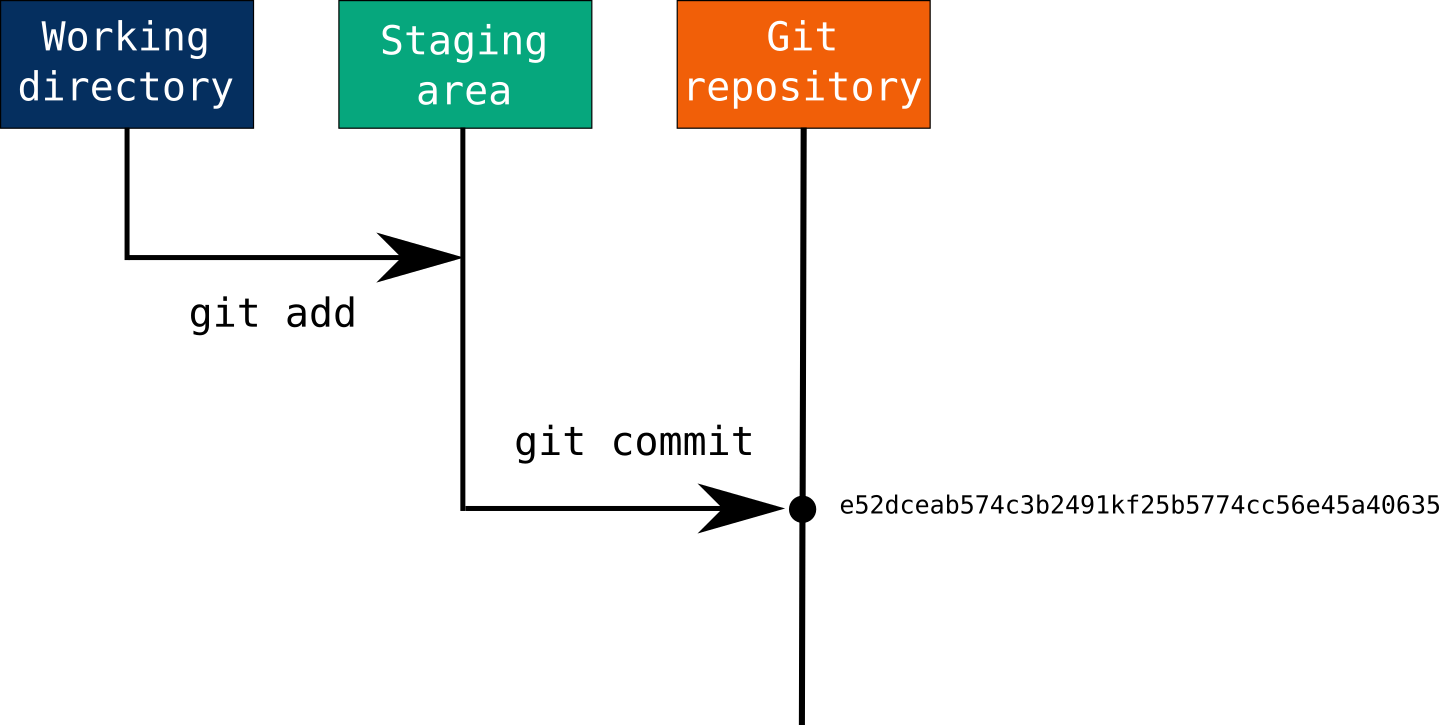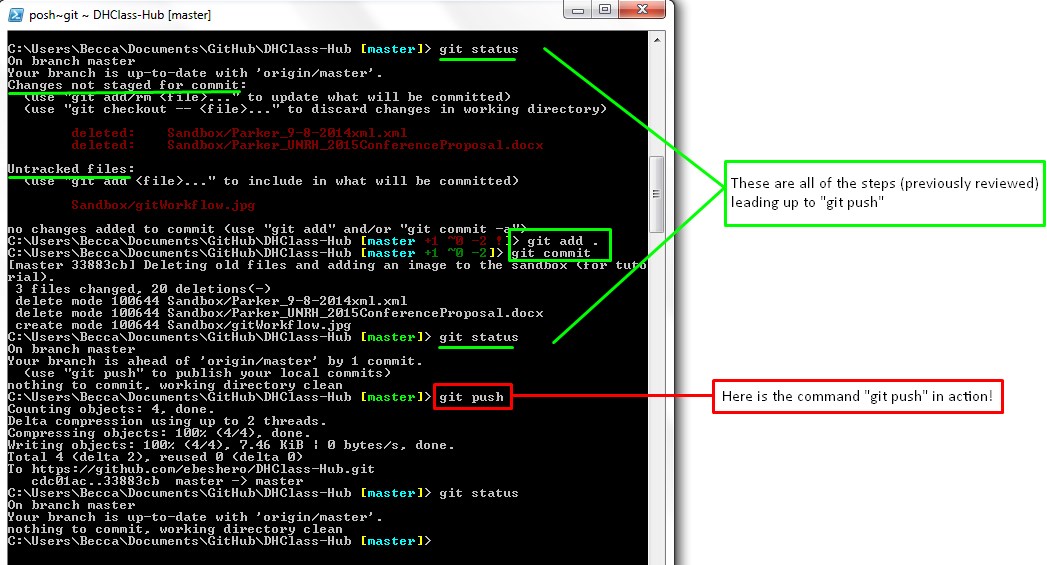

Then another text editor will open to let you combine the commit messages from all of the commits into one big commit message. If you have lots of commits and you only want to squash the last X commits, find the commit ID of the commit from which you want to start squashing and do. In addition to git add and git commit, a third command git push is essential for a complete collaborative Git workflow.
GIT COMMIT AND PUSH COMMAND CODE
This will bring up your text editor ( -i is for "interactive") with a file that looks like this: pick 16b5fcc Code in, tests not passingĬhange all the pick to squash (or s) except the first one: pick 16b5fcc Code in, tests not passing The git reset command is used to undo a commit or staged snapshot. If you made it this far you should now have a BAS account that can ssh to you remote git provider.
git commit -a -m 'commit' (do not need commit message either) git push Sometimes I'm changing only one letter, CSS padding or something. The git push command allows you to send (or push) the commits from your local branch in your local Git repository to the remote repository. 2 days ago &0183 &32 git clone :There are lots of options when you're doing this (too many?) but if you just want to merge all of your unpushed commits into a single commit, do this: git rebase -i origin/master git add, commit and push commands in one Ask Question Asked 9 years, 8 months ago Modified 6 months ago Viewed 356k times 293 Is there any way to use these three commands in one git add. Other developers can then see these changes. This means that any changes you have made will be saved to the remote repository as well.

Commit and Push will do the above and push it to the remote repository. It will not mark the change in the remote repository. What you want to do is referred to as "squashing" in git. Git provides us with the git push command to push or upload our local repository files to the remote repository. 271 Commit will simply make record of your changes that you have made on your local machine.


 0 kommentar(er)
0 kommentar(er)
